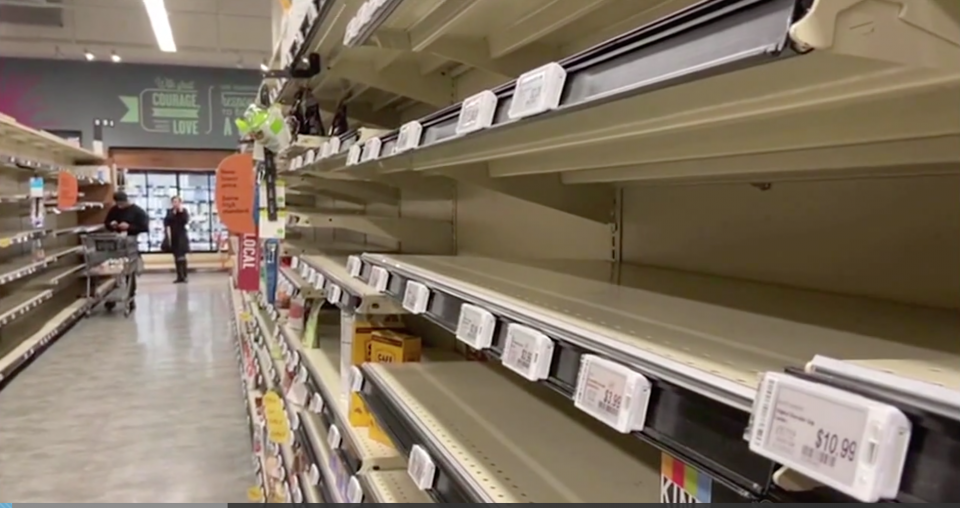COLUMBIA, Mo. (KMIZ.)
Bare shelves — a sign of supply chain disruptions that plagued stores and consumers earlier in the pandemic — are back in some places.
Meanwhile, prices for basic grocery store items are also going up as the omicron wave sickens workers and exacerbates supply-chain issues that had already become a defining part of the coronavirus pandemic.
According to the latest consumer price index data from the Bureau of Labor Statistics, food prices rose 0.5% in December, which was the largest increase in the last previous months.
- Fresh fruits increased by 1.8%
- Non-alcholic beverages rose 0.8%
- Dairy and other related products increased by 0.7%
- Cereal and bakey products increased by 0.4%
The consumer price index jumped 7% last year, which would be the fastest pace since 1982. This number was also up 6.8% annually in November, which was also almost a four-decade high.
Although it’s been over two years since the pandemic hit, it’s still affecting food supplies and prices, especially for smaller businesses. The Associated Press reports that in just two weeks the cost of pecans at Peggy Jean’s Pies in Columbia increased by nearly 40%. The local store told the AP it will soon have to raise its prices for the Southern pecan and German chocolate pies by $2 to $24.
An increase in food prices isn’t the only issue people have to deal with nationwide, as supply chain issues appear to again be getting worse. Schools and offices closing are causing more Americans to eat at home. Weather-related issues are also causing more people to stock up on food items at home.
According to USA Today, grocery stores typically have 5% to 10% of their items out of stock. Right now the unavailability of food items is at nearly 15%, according to Consumer Brands’ Association President and CEO Geoff Freeman.
Check back for updates to this developing story and watch ABC 17 News at 5 and 6.


